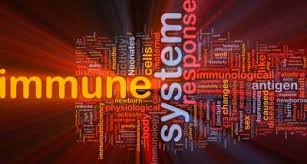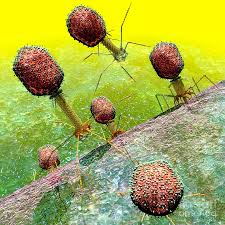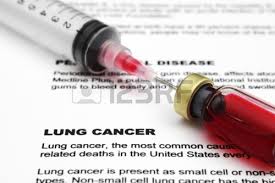 Using less than a drop of blood, a new test can reveal nearly every virus a person has ever been exposed to, scientists reported on Thursday.
Using less than a drop of blood, a new test can reveal nearly every virus a person has ever been exposed to, scientists reported on Thursday.
The test, which is still experimental, can be performed for as little as $25 and could become an important research tool for tracking patterns of disease in various populations, helping scientists compare the old and the young, or people in different parts of the world.
young, or people in different parts of the world.
It could also be used to try to find out whether viruses, or the body’s immune response to them, contribute to chronic diseases and cancer, the researchers said.
“I’m sure there’ll be lots of applications we haven’t even dreamed of,”  said Stephen J. Elledge, the senior author of the report, published in the journal Science, and a professor of genetics at Harvard Medical School and Brigham and Women’s Hospital.
said Stephen J. Elledge, the senior author of the report, published in the journal Science, and a professor of genetics at Harvard Medical School and Brigham and Women’s Hospital.
“That’s what happens when you invent technology — you can’t imagine what people will do with it,” Dr. Elledge said. “They’re so clever.”
The test can detect past exposure to more than 1,000 strains of viruses from 206 species — pretty much the entire human “virome,” meaning all the viruses known to infect people. The test works by detecting antibodies, highly specific proteins that the immune system has made in response to viruses.
Tried out in 569 people in the United States, South Africa, Thailand and Peru, the blood test found that most had been exposed to about 10 species of virus — mostly the usual suspects, like those causing colds, flu, gastrointestinal illness and other common ailments.
Source: New York Times
This test is not yet commercially available but our comprehensive physicals include testing for individual viral infections and inflammation.



